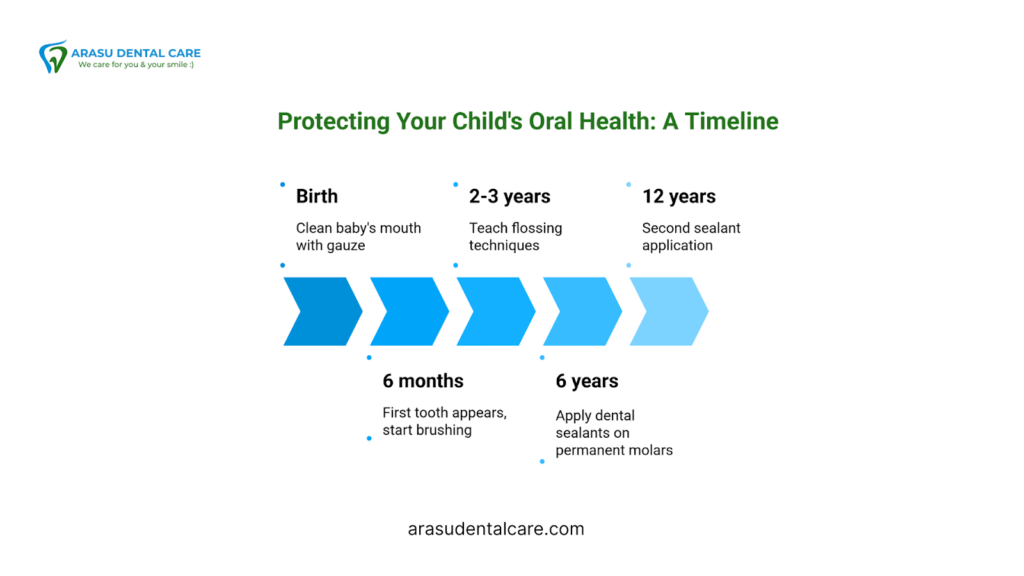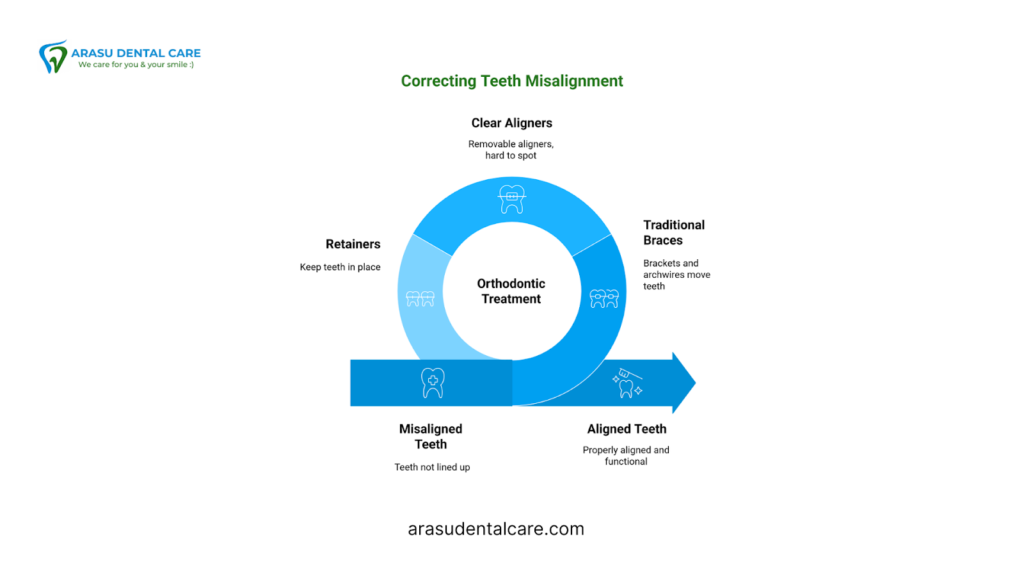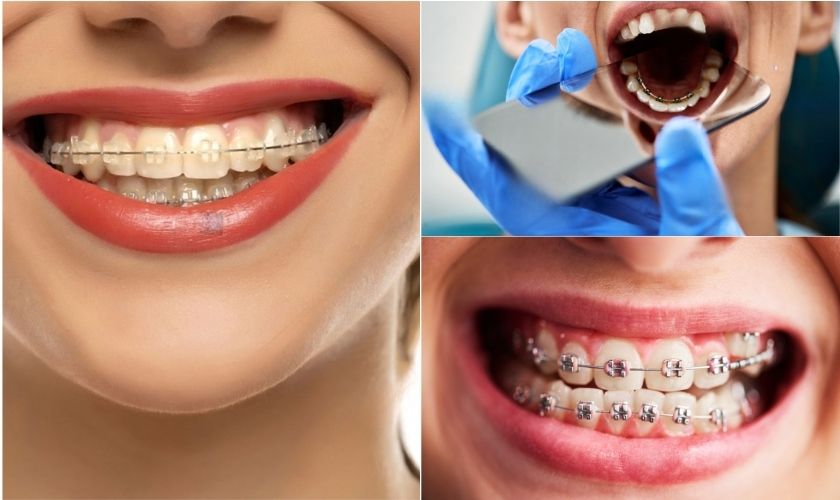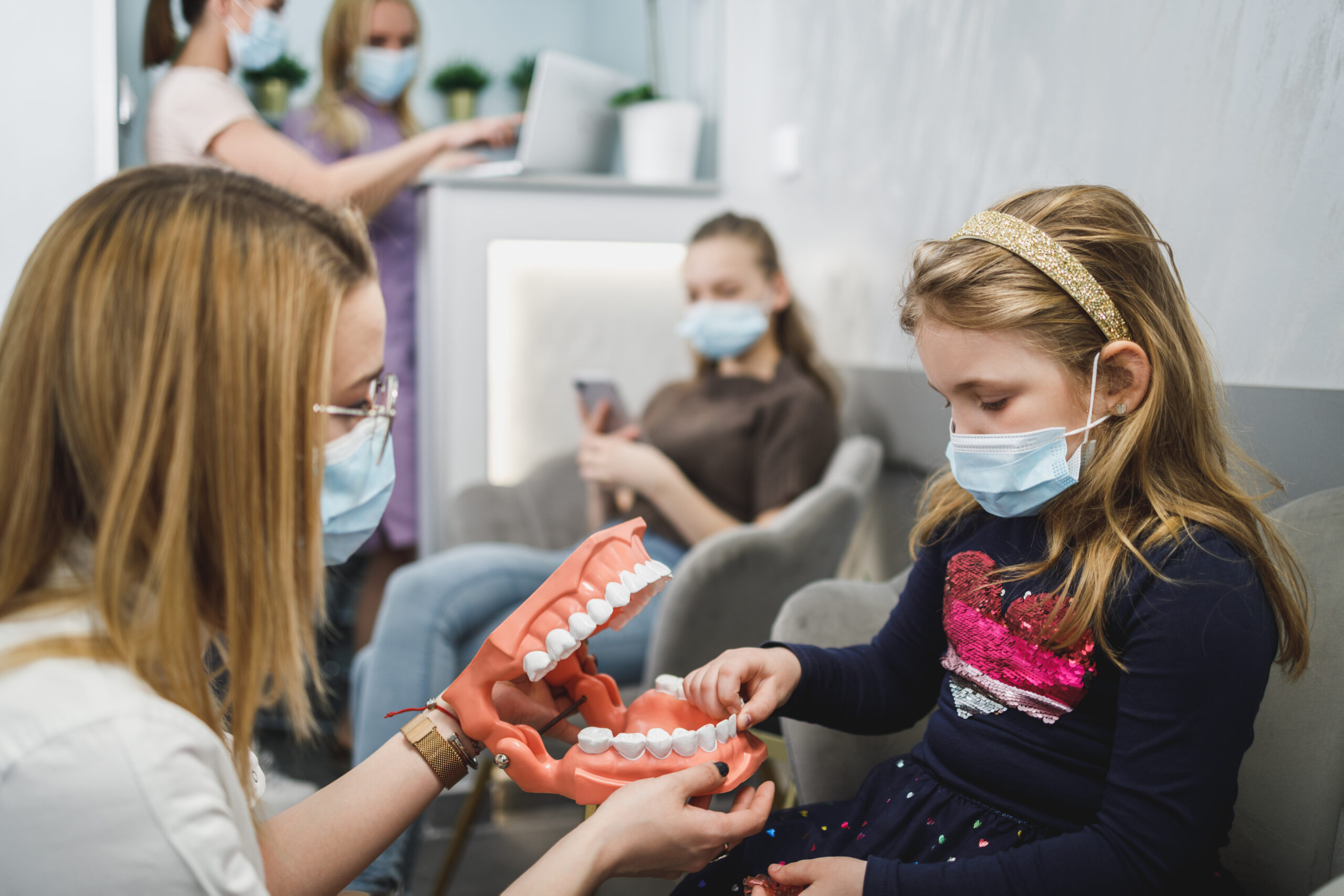Tooth decay ranks as one of the most common dental problems affecting children of all ages.
Parents typically focus on their children’s overall health but might overlook their dental care. Kids of all ages face dental problems, making early prevention and active care crucial. Their dental challenges range from cavities and tooth decay to gum diseases and malocclusion – problems that need quick attention. A child’s decayed teeth can cause pain and create eating difficulties when left untreated.
This piece will help you understand common childhood dental problems, their mechanisms, and ways to prevent and treat them effectively. Your concerns matter – from early tooth decay signs to thumb sucking habits that last beyond age 5. We have practical tips to help keep your child’s smile bright and healthy.
Most Common Dental Problems in Children
Kids deal with many dental problems as their teeth and jaws grow. Parents can prevent these issues by learning about common dental challenges early.
Tooth decay and cavities
Cavities are very common in children today. Research shows that 23% of kids ages 2-5 years and 52% of kids ages 6-8 years have had dental caries in their baby teeth. Kids from low-income families are twice as likely to get decay compared to those from high-income homes.
Gum disease and gingivitis
About half of all children show signs of periodontal disease. The most common type in children is gingivitis, which makes gums red, puffy and likely to bleed during brushing. Good oral hygiene and regular cleanings help treat gingivitis before it becomes more serious.
Malocclusion and misaligned teeth
Misaligned bites affect about 56% of people worldwide, and up to 93% of children show some form of malocclusion. Common types include crossbite where upper teeth fit inside lower teeth, open bite where front teeth don’t meet, overbite where upper teeth overlap lower teeth, and underbite where lower teeth stick out past upper teeth.
Bruxism and teeth grinding
Two to three out of every ten children clench or grind their teeth regularly. This habit can lead to headaches, worn tooth enamel, and face pain. Most children grow out of bruxism without lasting problems, but severe cases need treatment.
Thumb sucking and pacifier use
Thumb sucking comes naturally to infants, but this habit can push front teeth forward and create open bites or crossbites if it continues. The American Academy of Pediatric Dentistry suggests stopping pacifier use after age three.
Tongue thrusting and lip sucking
These habits put pressure on front teeth and can make them misaligned. Open bite is the most common result, where top and bottom teeth don’t touch when the mouth closes.
Tooth sensitivity and enamel erosion
Nearly half of all baby teeth show signs of erosion. Sugar-rich foods, acidic drinks, hard brushing, and teeth grinding cause this problem.
Early tooth loss and delayed eruption
Losing baby teeth too early can create spacing problems for permanent teeth. Delayed tooth eruption might link to genetics, early birth, or poor nutrition.

What Causes These Dental Issues?
A good understanding of dental problems helps prevent them better. Several things can cause teeth problems in children. Some factors play a bigger role than others.
Poor oral hygiene habits
Kids often lack the patience and hand control they need to brush and floss well. Plaque builds up on teeth when they aren’t cleaned properly. This leads to decay and swollen gums. Kids can’t brush well on their own without someone watching them. Parents should guide their children until they can handle a toothbrush correctly. Daily removal of plaque, bacteria, and food bits helps prevent early tooth decay. These good habits last a lifetime.
High sugar intake and diet
Sugar and dental caries go hand in hand. Children’s sugar intake grows from 3.5 grams per day under age 1 to 102.1 grams by age 18. Bacteria in the mouth turn these sugars into acids that damage tooth enamel. Research shows sodas, energy drinks, and sports drinks cause the most damage. These drinks make up 13% of added sugar for kids ages 6-11 and 27% for teens ages 12-19. All but one of these children ages 2-18 drink at least one sugary beverage each day.
Genetic and developmental factors
Genes play a big role in dental health. Research shows genetic factors shape enamel strength, saliva makeup, and cavity risk. Twin studies back up the inherited patterns in dental growth and decay. Even food preferences have genetic roots that shape dietary choices and affect oral health.
Prolonged oral habits like thumb sucking
Thumb sucking comforts babies naturally at first. The habit creates dental problems if it continues too long. Hard thumb sucking puts constant pressure on growing teeth and jaws. This can cause overbites, crooked teeth, and speech problems. The biggest concern comes when kids keep sucking past age 4. This habit can permanently change how adult teeth grow in.
Lack of regular dental checkups
Small dental issues turn into big problems when kids skip dentist visits. Regular checkups catch problems early. They include professional cleanings, fluoride treatments, and dental sealants. On top of that, they teach proper brushing techniques that match each child’s needs.
Prevention Tips for Parents
Taking care of dental problems before they start is nowhere near as costly as treating them later. Starting these habits early will protect your child’s oral health throughout their life.
Start brushing early with fluoride toothpaste
Clean your baby’s mouth a few days after birth. Use a clean, wet gauze or washcloth to wipe their gums after feeding. The first tooth usually appears around 6 months – that’s when you should start using a soft-bristled infant toothbrush. Children under 3 need just a rice-sized smear of fluoride toothpaste. Kids between 3-6 years old can use a pea-sized amount. A two-minute brush twice daily will clean all tooth surfaces effectively.
Teach proper brushing and flossing techniques
Your child needs to start flossing when any two teeth touch, usually around ages 2-3. Most kids need help flossing until they’re 8-10 years old. Show them how to brush by holding the toothbrush at a 45-degree angle against the gumline and using small back-and-forth strokes. Regular flossing might actually remove more plaque than brushing alone.
Limit sugary snacks and drinks
Research shows children under 2 years shouldn’t have sugars at all. After that, sugar intake should stay under 25g daily. Sugar reduction between meals helps prevent tooth decay. Studies reveal a clear link – more sugar consumption means more cavities.
Schedule regular dental visits
Schedule your child’s first dental visit within 6 months of their first tooth or by their first birthday. Regular checkups help catch problems early, provide professional cleaning, and teach proper oral care. These visits also help kids feel comfortable with dental procedures and reduce anxiety about future appointments.
Use dental sealants and fluoride treatments
Dental sealants prevent about 80% of cavities in the first two years. Apply them right after permanent molars come in – usually around ages 6 and 12. Fluoride varnish stops one-third of cavities in baby teeth. Applied 2-4 times a year, it makes tooth enamel stronger and more decay-resistant.
Encourage healthy oral habits
Make brushing teeth fun with timers, special toothpaste, or toothbrushing apps. Let your child pick their favorite toothbrush colors or characters. Kids learn best by watching you brush properly. A regular routine builds habits that last a lifetime.
Treatment Options for Child Teeth Problems
Sometimes prevention isn’t enough. Children need different treatment options to fix common teeth problems. Quick action helps proper development and stops future complications.
Fillings and crowns for cavities
Tooth decay tops the list of dental problems in children. Dentists use composite resin fillings that match the natural tooth color to fix small and moderate cavities. Large cavities or weak teeth need dental crowns that protect the whole tooth. Stainless steel crowns work great for baby teeth because they last long and are budget-friendly. Tooth-colored zirconia crowns look better on visible teeth.
Orthodontic care for misalignment
About 56% of people worldwide have teeth that don’t line up right. Treatment choices include:
- Traditional braces with brackets and archwires that move teeth bit by bit
- Clear aligners you can take out and are hard to spot
- Retainers that keep teeth in place after treatment
Starting orthodontic treatment early can stop bigger alignment problems from showing up later in life. This helps both how well you can use your mouth and how your face looks.

Night guards for bruxism
Kids who grind their teeth might need special night guards. These custom-fit mouthpieces keep teeth from wearing down too much. They also help with jaw pain and make sleep better. Night guards start working right away. Kids should clean them with soap and warm water.
Space maintainers for early tooth loss
Baby teeth that fall out too soon need space maintainers to keep other teeth from moving into the gap. You can get fixed ones (attached to teeth) or removable ones. This gives permanent teeth enough room to come in right. Check-ups every 3-6 months help make sure everything stays healthy.
Behavioral therapy for oral habits
Kids respond well to positive reinforcement to stop thumb sucking or tongue thrusting. Parents can try sticker calendars, rewards, and lots of praise. Some kids might need special devices like tongue cribs along with behavior tips and tongue exercises if the habit sticks around.
Sedation options for dental anxiety
Some dental work needs kids to stay still or feel less scared. The choices range from laughing gas that wears off fast to medicine taken by mouth for medium anxiety. Bigger procedures or kids with special needs might need IV sedation or general anesthesia. Doctors watch vital signs closely during these procedures.
Conclusion
Good dental health in childhood affects overall health throughout life. Many children face dental problems like cavities, gum disease, and misalignment. Parents play a vital role to establish healthy oral habits early.
Prevention is easier than treatment, and with good reason too. Good dental health starts with consistent brushing using fluoride toothpaste, proper flossing, and fewer sugary foods. Regular dental checkups help detect and treat small issues before they become serious problems.
Children have many treatment options available for dental issues. Pediatric dentistry provides solutions like tooth-colored fillings and orthodontic care that suit growing smiles. Quick treatment of problems prevents complications in later life.
Children learn from what they see around them. Your good oral hygiene practices and positive approach to dental care will help build lifelong habits. Your child’s smile needs protection. Proper dental care today will give them healthy teeth throughout childhood and beyond.
FAQs
Q1. At what age should I start brushing my child’s teeth?
You should start cleaning your baby’s gums just days after birth using a clean, wet gauze or washcloth. Once the first tooth appears, typically around 6 months, begin brushing with a soft-bristled infant toothbrush and a small amount of fluoride toothpaste.
Q2. How can I prevent cavities in my child’s teeth?
To prevent cavities, brush your child’s teeth twice daily with fluoride toothpaste, limit sugary snacks and drinks, schedule regular dental check-ups, and consider dental sealants and fluoride treatments. Also, teach your child proper brushing and flossing techniques as they grow.
Q3. Is thumb sucking harmful to my child’s teeth?
Prolonged thumb sucking, especially beyond age 4, can lead to dental problems such as misaligned teeth, overbites, or open bites. If your child continues this habit, consult with a dentist for advice on how to discourage it gently.
Q4. How often should my child visit the dentist?
Your child should have their first dental visit within 6 months of their first tooth appearing or by their first birthday. After that, regular check-ups every 6 months are recommended for early detection of potential issues and to help your child become comfortable with dental procedures.
Q5. What should I do if my child is afraid of the dentist?
If your child experiences dental anxiety, try positive reinforcement, choose a pediatric dentist experienced in working with children, and consider sedation options for more extensive procedures. Some dentists use techniques like “tell-show-do” to familiarize children with dental tools and procedures, helping to reduce fear.








